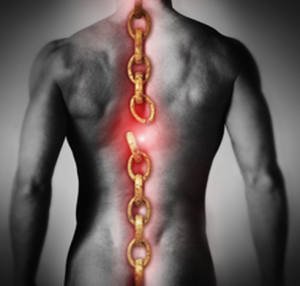In 2010, 38 year-old Darek Fidyka was paralyzed from the waist down. Stabbed in the back, Fidyka had an eight-millimeter gap in his spinal cord. However, a short 21 months later, he received a life-changing treatment that allowed him to regain his ability to walk.
When the spinal cord is severed and a gap is formed, nerve fibers cannot regrow and close the gap. Prior attempts to treat such an injury involve a variety of biomaterial-comprised scaffolds combined with nerve guidance channels to stimulate spinal cord regeneration. To date, none of these attempts have been very successful. However, several animal studies have shown that certain regenerative cells have the ability to stimulate regeneration of nerve fibers to mend this gap. Specifically, these studies have shown that olfactory ensheathing cells, or cells that sheath the axons of olfactory neurons, can cause this regeneration to occur, as they too maintain the ability to regenerate.
Combining the finding that olfactory ensheathing cells had regenerative capabilities with principles of scaffold design, British scientists working with Polish surgeons from the Wroclaw University Hospital transplanted these olfactory ensheathing cells from the brain to Fidyka’s spine. These ensheathing cells were taken from olfactory bulbs, or bundles of nerves responsible for the transmission of “smell” signals from the nose to the brain. They are particularly useful in this branch of research due to their ability to regenerate.
Doctors used an olfactory bulb from Fidyka to propagate a culture of olfactory ensheathing cells. They then transplanted said cells both above and below the spinal injury, filling the actual gap in with sural nerve fibers from Fidyka’s ankles. These fibers provided a medium along which the olfactory ensheathing cells could grow.
A short three weeks later, Fidyka and the Polish doctors were seeing results. He had partially regained voluntary motion below his waist. He also regained some feeling in his lower half, and his left thigh gained muscle mass. But possibly the most important effect of the treatment was that Fidyka, with assistance, regained the ability to walk.
This new procedure could mean many things for not only the field of regenerative medicine, but also those who are suffering from spinal cord injuries. Fidyka’s surgery is proof that such a procedure is both safe and effective, representing hope for the three million others suffering from such injuries, people who previously had no effective treatment. This breakthrough surgery could provide a foundation for spinal cord treatment in the future. However, the issues of scalability, affordability, and effectiveness on a large scale still pose problems to implementing this solution as a standard treatment for spinal cord injuries. Regardless, this revolutionary surgery is a large step in the right direction for the treatment of spinal cord injuries and a definitive win for regenerative medicine.

